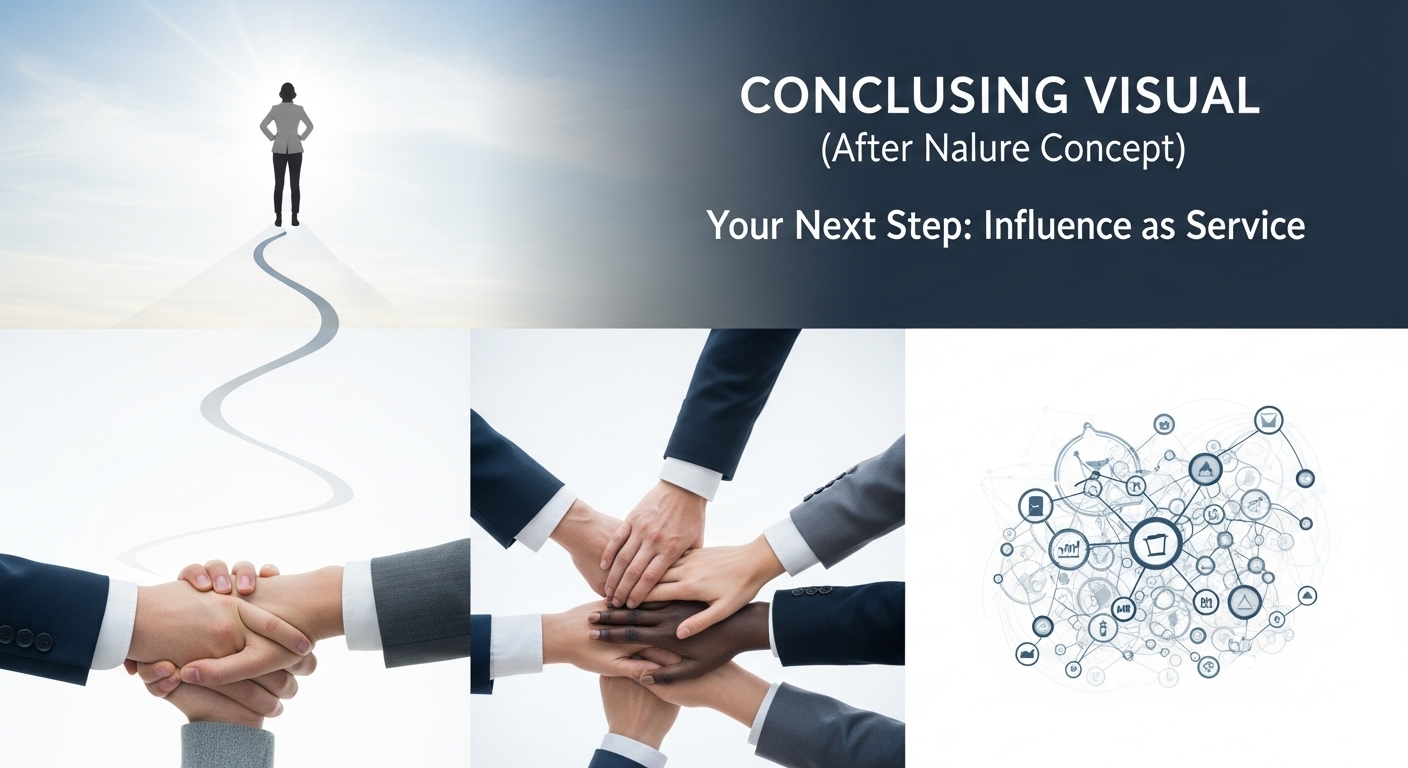The Psychology of "Yes": 3 Subtle Communication Shifts That Multiply Your Influence
In the professional world, having a brilliant idea is only half the battle. The real challenge is getting others—clients, executives, or team members—to say "Yes" to it.
Too often, we rely solely on logic: presenting spreadsheets, data points, and flawless reasoning. Yet, we've all experienced the frustration of watching a perfectly logical proposal die on the vine. Why? 🤔
Because influence isn't just a matter of logic; it’s a matter of psychology. True persuasion is the ethical art of understanding the human brain's natural biases and using subtle communication shifts to guide people toward consensus.
Here are three powerful, science-backed shifts you can implement immediately to multiply your professional influence.
1. The Flaw of Logic-Only Arguments (The Necessary Shift)
Before we dive into the techniques, we must acknowledge the fundamental flaw in most professional pitches: we mistakenly believe that information equals action.
The brain processes logic in the slow, effortful prefrontal cortex. But it processes emotional connection, trust, and gut feeling in the limbic system, which is much faster and often holds veto power.
To influence effectively, you must stop trying to win an argument and start focusing on creating alignment. Shift the initial focus from "What is my data?" to "How does this proposal make them feel about themselves and the future?"
2. Shift #1: Harness the Power of Reciprocity (The "Give First" Strategy)
The principle of Reciprocity states that humans are inherently wired to return favors. When someone provides us with value, we feel an unconscious, often powerful, obligation to return it in kind.
In a professional setting, this doesn't mean buying gifts; it means investing in someone before you need something from them.
How to Apply This Subtle Shift:
Offer Unsolicited Value: Before your big presentation, share a highly relevant piece of market insight with the decision-maker that benefits them personally or professionally. Example: "I saw this competitor data and immediately thought of your team's strategy on Q3. It might be helpful."
The Introducer’s Advantage: Actively connect two people in your network who could benefit from meeting, without any expectation of reward. This establishes you as a valuable resource and trusted partner.
Give Away Your Best Ideas: In a meeting, volunteer a quick, usable idea early on. This creates immediate goodwill and frames you as a collaborator, not a competitor.
💡 The Takeaway: When you ethically give before you take, your request shifts from being an intrusion to being a natural extension of an existing, positive relationship.
3. Shift #2: Frame Your Idea with Scarcity (The Unique Opportunity)
Humans are more motivated by the fear of loss than the promise of gain. When something is perceived as scarce—rare, time-sensitive, or proprietary—its value immediately escalates in our minds.
In a professional context, you are not manufacturing shortage; you are framing the unique nature of the opportunity or solution you are presenting.
How to Apply This Subtle Shift:
Emphasize "Exclusivity" Over "Availability": Instead of saying, "This tool is available to everyone," say, "We've only reserved this pilot program for three high-impact teams, and yours is at the top of the list."
Highlight Opportunity Cost: Frame inaction as a loss. Emphasize the competitive ground, market share, or efficiency you will lose by delaying the decision.
Stress Uniqueness (The "IP" Factor): Does your solution use proprietary data or a specific insight your competitors lack? Make that single, unreplicable advantage the core of your appeal. Example: "This strategy is built on proprietary data we collected over the last 18 months; no one else has this insight."
🎯 The Takeaway: To gain immediate attention and priority, present your solution not just as a good idea, but as a rare window of advantage that will close if not acted upon decisively.
4. Shift #3: Leverage Social Proof (The Peer Effect)
Social Proof is the powerful cognitive shortcut where we determine what is correct or desirable by looking at what other people are doing, especially people we respect or relate to. If others are doing it, it must be safe and effective.
In high-stakes environments, professionals are inherently risk-averse. Social proof is the fastest way to de-risk your proposal.

How to Apply This Subtle Shift:
Reference Respected Early Adopters: If you're pitching a new strategy, use a quick, relevant success story: "The Sales team implemented this structure last quarter and saw a 12% increase in qualified leads." This is known as peer-to-peer validation.
Use the Power of the Majority: Frame your idea not as a novelty, but as an emerging standard. Use language like, "A recent industry survey indicates 70% of high-growth firms adopt this model."
The Strategic Testimonial: Focus client or internal testimonials on the result and the feeling of having made the decision, not just the product itself. "Their CEO said this was the first time they felt truly confident about their compliance reporting."
🛡️ The Takeaway: By strategically citing the success of respected peers, you allow others to rely on the wisdom of the crowd, minimizing their personal risk.
